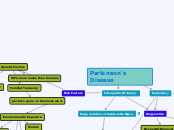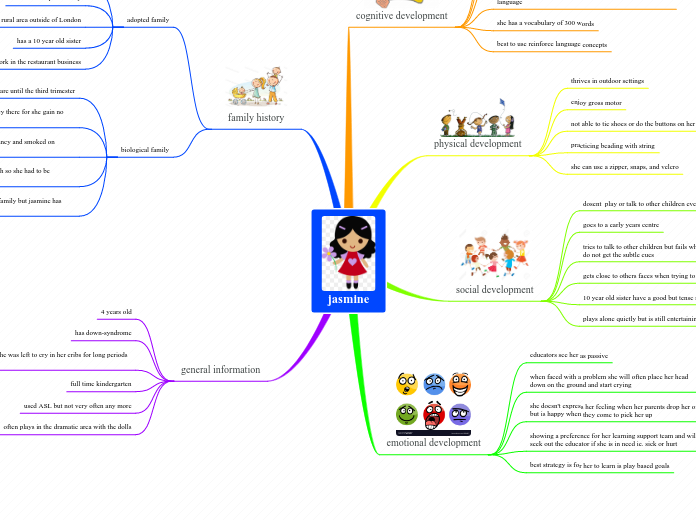Secondary
Emotional Changes
Insecurity
Embarrassment
Paranoia
Irritability
Pessimism
Rapid Mood swings
Fear
Depression
Autonomic Nervous System Changes
Skin Changes
Flushing, seborrhea, oily skin, changes in texture
Bowel and Bladder Dysfunction
Urinary incontinence or retention, due to ANS regulating smooth muscle activity, and constipation due to slow motility of GI tract and/or poor nutrition and fluid intake.
Erectile Dysfunction
Excessive Perspiration
Orthostatic Hypotension
Loss of sympathetic innervation in the heart and blood vessel response
Motor Changes
Stage 1
Stage 2
Stage 3
Stage 4
Stage 5
DEATH
Complete ADL Dependence
Rigidity
Akinesia
Increased Gait Disturbances
Short, hesitant, or propulsive gait with inability to stop quickly. Sensation of being frozen or glued to floor.
Postural Instability
Stooped
Slow, Shuffling, Gait
Masklike Facies
With wide, fixed, staring eyes
Facial Rigidity
Changes in Speech Patterns
Dysarthria, echololia, hypophonia
Uncontrollable Drooling
Chewing/Swallowing Impairment
Aspiration
Pneumonia
Choking
Inadequate Nutrition
Bilateral Limb Involvement
Bradykinesia
Hand and Arm Trembling
Tremors at rest
Minimal Weakness
Fatigue, difficulty getting out of bed
Unilateral Limb Involvement
Clinical Manifestations
Normal Pressure Hydrocephalus
Antipsychotic Meds
Brain Tumor
Head Trauma
Mini Stokes
Environmental Exposure
Metals
Drinking Well Water
Industrial Chemicals
Herbacides
Pesticides
Genetic Factors
50% more males than females
Familial Tendency
parkin 1 gene on chromosome 4
Reduced Estrogen Levels
Older than 40 years
Risk Factors
References
Ignatavicius, D. D., & Workman, M. L. (2010). Medical-surgical nursing: Patient-centered collaborative care (7th ed.). 941-946. St. Louis, MO: Saunders/Elsevier.
Risk for Injury
Parkinson's Disease
Ideopathic (Primary)
Diagnostics
Analysis of CSF may show decrease in dopamine levels
No specific Diagnostic Tests
Clinical Findings based on symptoms after ruling out other neurological diseases
Degeneration of Substantia Nigra
Substantia Nigra produces dopamine and trasmits it to the basal ganglia.
Decrease in Dopamine Production
Dopamine/Acetylcholine Imbalance
ACh is produced by the basal ganglia and is responsible for transmitting excitatory neurons. Dopamine inhibits these, making voluntary motor refinement possible.
Inability to Refine Voluntary Movement
Cognitive Changes
Memory Deficits
Delayed Reaction Time
Dementia









